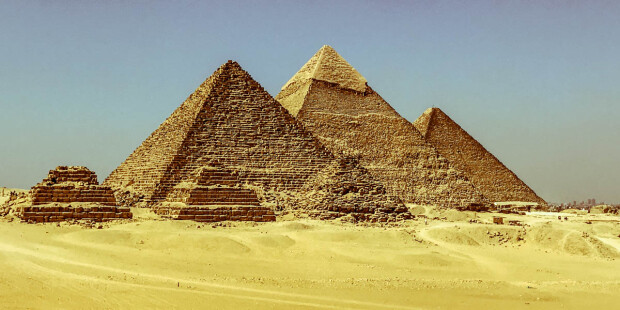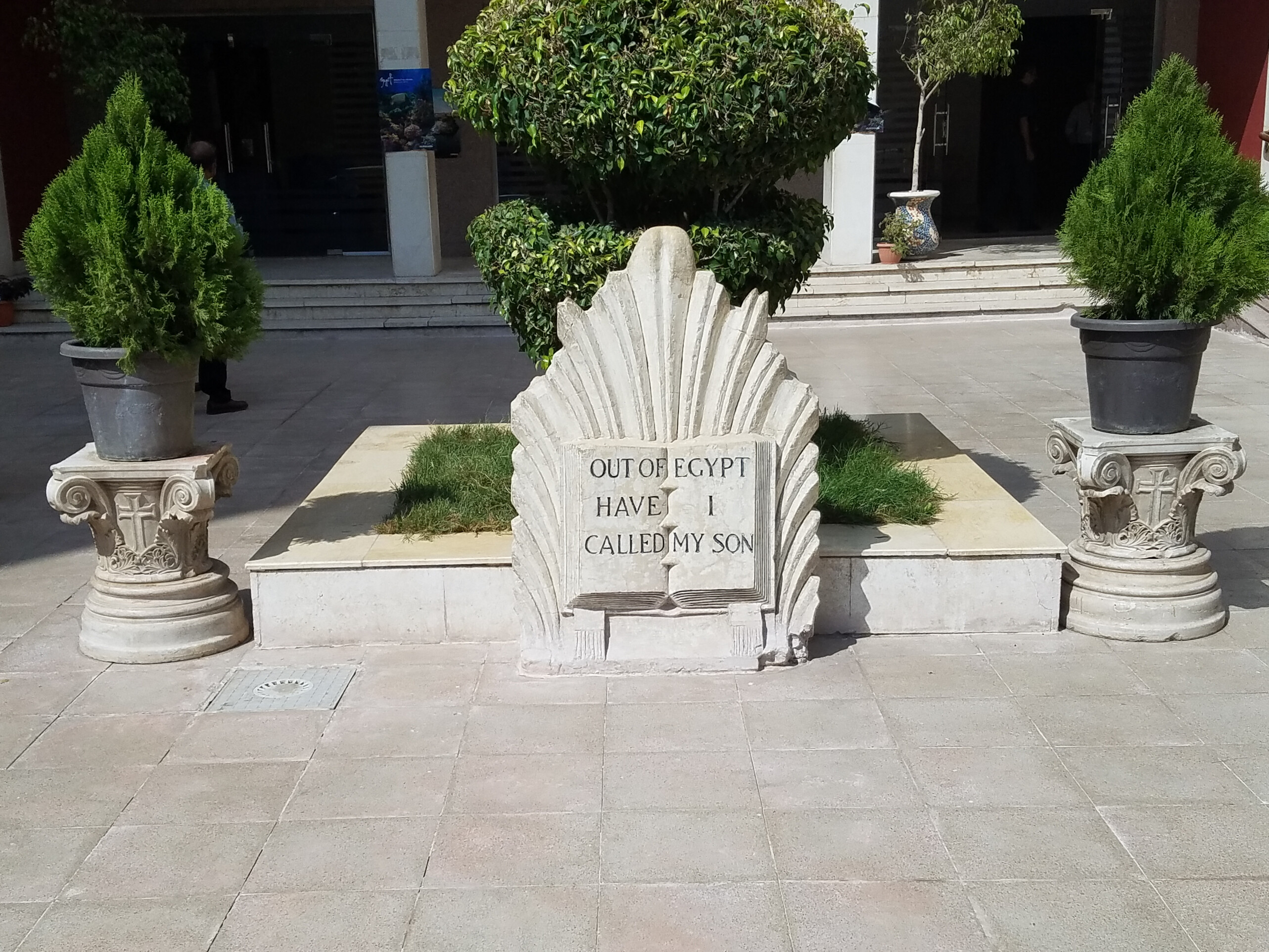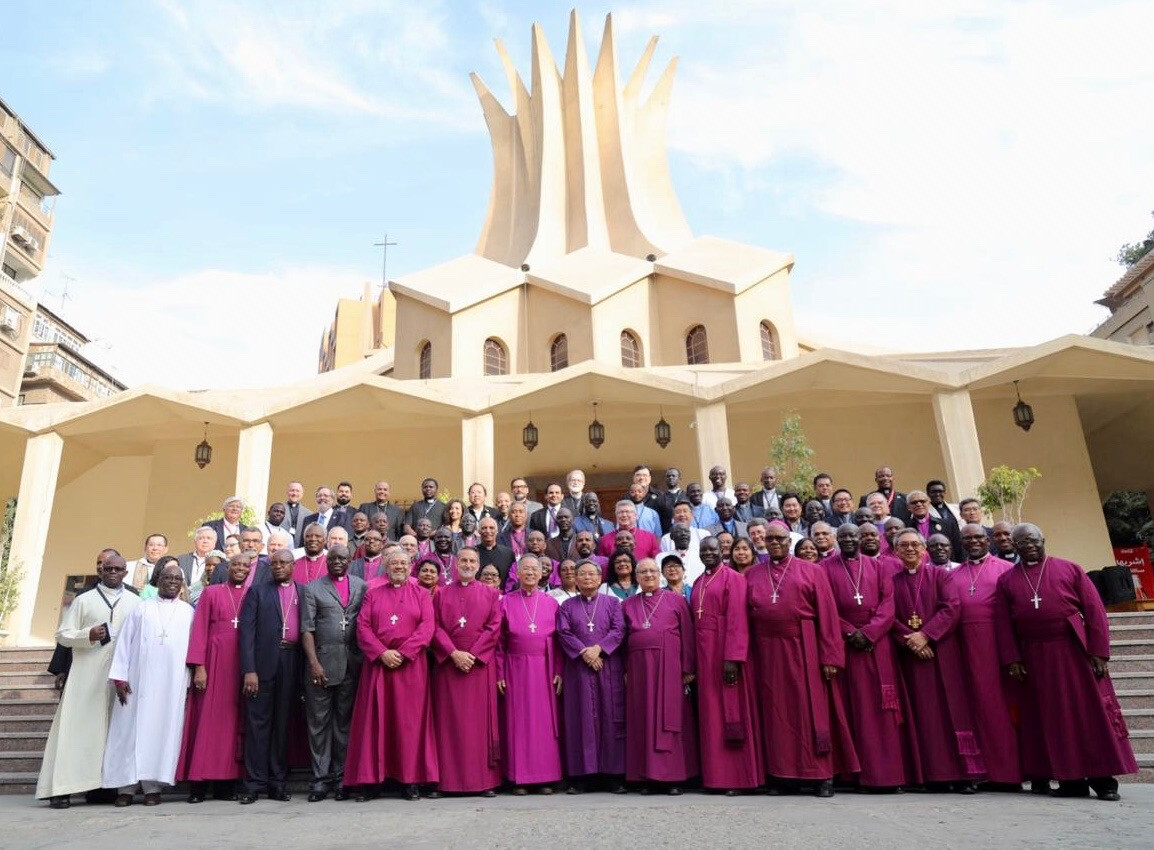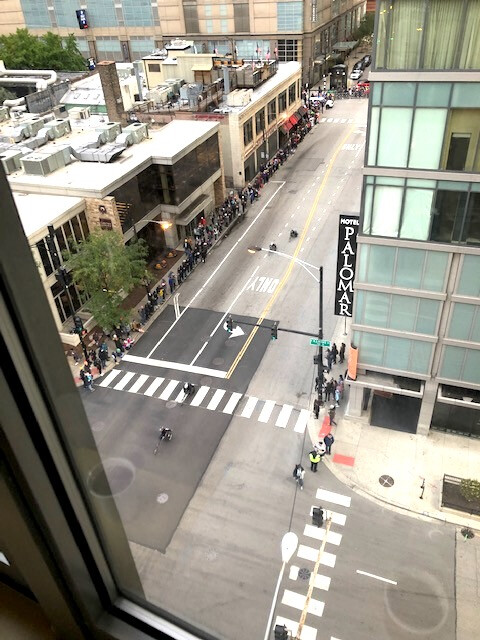Greetings From the Cumberland Plateau
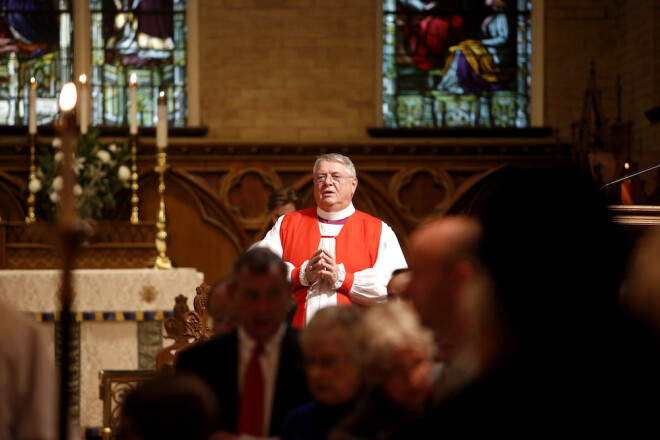
Editor's Note: Bishop Sumner has asked the Rt. Rev. Michael Smith, the Rt. Rev. Paul Lambert and the Rt. Rev. James Stanton to contribute to the Bishops' Blog.
It has been almost three years since Sally and I left for our retirement home near The University of the South, Sewanee, Tennessee and it has taken about that long to “live” into our retirement. It seems we are slowly finding our way from the hustle and bustle of corporate lives, mine in church ministry and hers in the university community. It really is nice not to have a schedule seven days a week!
So, not being too creative for my first try at “blogging” I thought I’d share some of what I have been doing these past three years. Having been in active ministry for 42 years it would come as no surprise to some of you that I continue to serve the church. Presently I am serving on behalf of Bishop John Bauerschmidt in the Diocese of Tennessee in a small rural congregation down the mountain in Cowan, TN. St. Agnes is a community of 35+ souls on an average Sunday (we had 53 last Sunday!) and who just celebrated 125 years of ministry. I preach and celebrate twice a month and care pastorally for our flock when needed. It has been a gift to have an altar at which to celebrate.
In addition to St. Agnes I am assisting the Bishop of Atlanta by visiting congregations throughout Northern and Middle Georgia. (Sally and I have been to small towns in Georgia even native Georgians have not heard of before!) Each one is unique for sure but the things they have in common among the members of these small congregations is their faithfulness in worship and their commitment to their community of faith. We’ve been to West Point, Columbus, Trion Springs, Dalton (The Carpet Capital of the World!), Fort Valley (Home of the Bluebird School Bus Company) historic Washington, and Gainesville to name but a few.
In addition to this ministry I also serve in the capacity of a Designated Episcopal Pastoral Oversight (DEPO) in the Diocese of Georgia at the request of Bishop Scott Benhase. St. John’s is in the heart of Savannah, GA and we are blessed to visit at least twice per year. Some of you may know that St. John’s Church served as General Sherman’s headquarters during his occupation of Savannah. (That’s a story for another time!) The parish is unique in that it still uses the 1928 Book of Common Prayer and 1940 Hymnal with permission from the Bishop. It’s quite an experience!
The ministry that I have been blessed with gives me life and an appreciation for the Church catholic in ways I had not experienced. It seems like I really am a “Bishop for the whole Church” and like the Apostolic brothers in the past I am sent into the world to proclaim the Good News of Christ to all the world. It’s liberating in many ways and for this I am extremely grateful. Grateful to God for calling me into this ministry, grateful to the folks in Dallas who set me apart as a Bishop, and grateful to the Bishops of Tennessee, Atlanta, and Georgia for granting me the opportunity to serve them and our beloved Church.
Oh, one last thing. Because we serve in the Diocese of Atlanta and the Diocese of Georgia we are able to see our three daughters and their families on a regular basis! Being here affords us the opportunity to watch our six grandchildren grow and mature! Our youngest daughter Megan, and husband Matt, delivered a baby boy in August, and named him Paul! We love retirement!
May the light of God’s countenance shine upon you always!
Bishop Paul E. Lambert
Monteagle, TN




